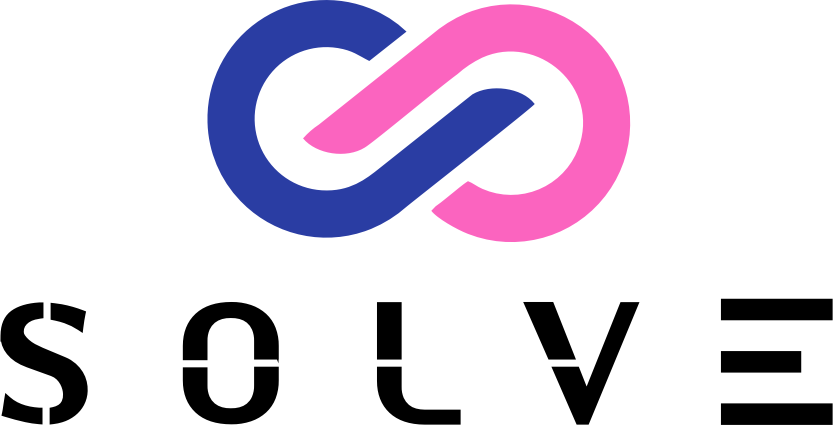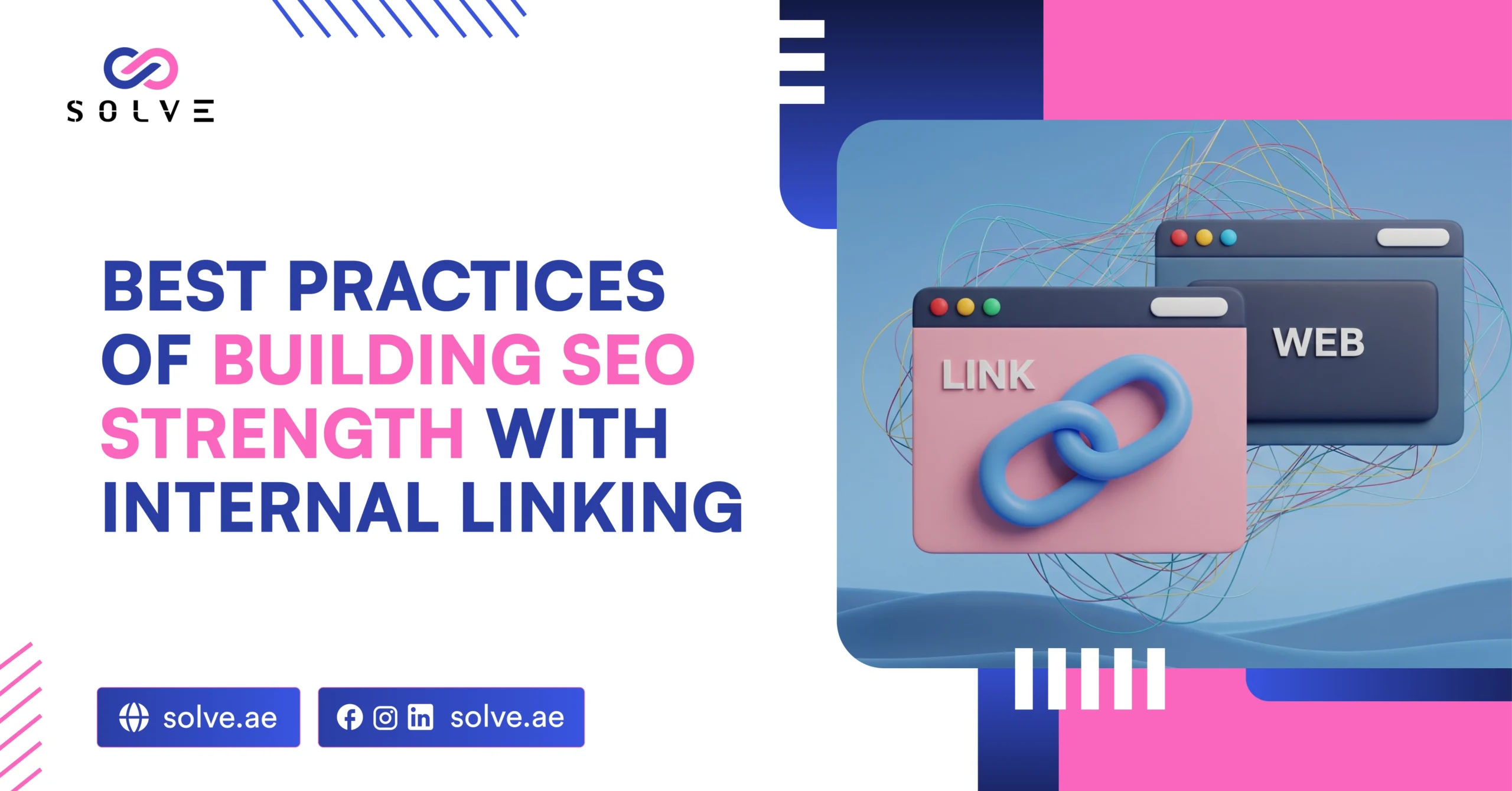- By Vanshika Choudhary
- June 23, 2025
Internal linking is considered to be one of the most common SEO practices and is one that is largely ignored. A strategic link between pages of your website helps the user experience. While search engines need to comprehend the site architecture to pass ranking power through to your own important content. Via this article, we try to uncover the major concepts and workable strategies that give better visibility and authority to your site, with emphasis on one of those means: internal linking aids SEO.
What Are Internal Links and Why Are They Considered Important?
Internal links are hyperlinks connecting one page of a website to another page in the same domain. Unlike external links, which take users to other sites, an internal link keeps both users and search engines moving within your own site. Internal linking can take place in navigation menus, sidebars, footers, or within the content of the pages themselves.
An internal linking system, thus an important aspect in SEO, is queried over. Internal links allow search engines such as Google to discover, crawl, and index your content more efficiently. They enable navigation by introducing the user to related information, hence creating greater ease of use and better chances for a visitor to spend a good amount of time perusing that piece of information.
Improving User Experience and Engagement
following an internal linking system that works very well toward improving the user experience by setting up clear pathways to related content. Visitors stay longer on your site if they can relatively easily find more info on topics of interest and read through some other pages, too, promising themselves to return another time. For example, a link from a post on SEO basics to another post on keyword research allows users to shadow an extended shadow of knowledge on the topic without ever having to leave your site.
Such hierarchical structures minimize the number of clicks to reach a particular page; they also reduce crawl depth, ensuring that great content is within easy reach. It also prevents common issues, such as orphaned pages, which are content with no internal links pointing to them and can be invisible to both the search engines and general users. A well-structured internal linking system ensures that every page adds up to strengthening the overall SEO of your site.
Improvements to Crawlability and Indexing Efficiency
Search engines look for internal links to find and index all pages on your website. Upon reaching your home page, the search engine bot follows internal links that go further into your site, crawling and indexing all the pages linked to by those links. Should some pages not be linked internally, then they may remain hidden from the search engine and from getting ranking opportunities.
Internal linking helps in discoverability and accelerates the crawling and indexing process, especially for newly created or updated pages. When one strategically places links to new content from very trafficked or high-authority pages, search engines tend to locate and index the content faster. This becomes more important when one has large or frequently evolving websites that need crawlers to reach new areas fast for the appearance of new content in search results.
Distributing Link-Emerging and Page Authority
One of the most puissant SEO advantages of internal linking is the distribution of link equity, sometimes referred to as “link juice,” across the site. Link equity is the value or authority that a page gains when it acquires external backlinks. Internal links allow you to bestow upon other pages a portion of that equity, thereby enhancing their capacity to rank.
For example, if the homepage has the strongest backlink profile, linking to specific product or service pages from it will increase the authority and visibility of those pages in search results. The more internal links a given page receives, especially from high-authority areas around the site, the more search engines tend to look upon that page as being important.
Improving Topical Relevance with Anchor Text
Anchor text—the words clickable in a hyperlink—is extremely important for search engines in assessing the topic and relevance of the linked page. Especially if the anchor text is descriptive and contains relevant keywords, it tells Google what the destination page is about, so the destination page can rank better for those terms.
Go for anchor text that implies something along the lines of “SEO content strategy guide” rather than a generic “click here” to make the link more topically relevant and to allow users to better understand what the content is about. Using anchor texts consistently and relevantly in your internal linking will consolidate your authority on the topics in question and lend itself to your overall SEO strategy.
Highlighting and Prioritizing Key Pages
An internal link structure grants an opportunity to inform search engines effectively about the key pages on your site. The internal linking of core or priority content quite often elevates the visibility and chances to rank of those particular pages—main service pages, flagship blog posts, or landing pages for conversion, among others.
It is always important to link to these main pages from all parts of your website. This promotes link equity and maximization concerning the attention of users and search engines. Having such a strategy priorly inculcates visitors to the most vital offerings that support their objectives maybe towards engagement or monetary gain.
Keeping Orphaned Content at Bay and Maximizing Discoverability
Orphaned content, defined as those pages with no internal links directing traffic towards them, could prove to be a terrifying SEO nightmare. Such pages are tough for the search engines to find and index; there is a slight chance that the users will even happen upon them during their search process. Periodic auditing of your website to check for the presence of orphaned pages and either removing them or incorporating their integration into the internal linking structure of the main body of your website is vital for maintaining comprehensive visibility of the website.
If every page is linked with at least a few relevant internal pages, this improves the discoverability of its own content, avoiding any loss in information” value. By this view, the big picture will generally fine-tune SEO yet, on the other hand, work toward a great experience for the user because it is offering a plethora of viable resources interlinked with each other.
Best Practices and Strategies for Effective Internal Linking
- Plan Your Site Architecture
A good internal linking structure results from a clean and logical site architecture. Organize your website into main categories and subcategories. Pages should fit naturally into such a structure. This, in turn, makes it easier for visitors to navigate the site while also enabling search engines to crawl and grasp the notion of association that exists between your pages.
- Use Descriptive and Keyword-Rich Anchor Text
The anchor text that you use for linking within your own website confers its relevancy upon the page for the user and the search engine. Instead of using something common, such as “click here,” use a phrase including important keywords describing what the so-called linked page is really about. Check out our latest blog post on How Mobile Speed Impacts SEO and Conversions
- Link to Priority and High-Value Pages
Not all of the pages on your website are of the same value. Linking strategically to your most important content—that is, cornerstone articles, product pages, or some sort of conversion-oriented landing page forms the foundation of an internal linking strategy.
- Do Not Link Excessively, and Be Relevant
The internal linking strategies have some merit; however, having too many of such links on one page dilutes the value of link juice, passed on by every linked page, and annoys the user. Link only to those that are truly related and relevant to the information at hand on the present page or that somewhat add to the reader’s journey.
- Audit and Update Your Internal Links on a Regular Basis
Websites are dynamic by nature, with content being added, removed, or updated, so it pays to have regular internal link audits. Use SEO tools to detect and fix broken links, pages that are orphaned, and possible missed internal linking opportunities.
Conclusion: Internal Linking—The Pillar of SEO Success
Internal linking is much more than a technical SEO exercise; rather, it is indeed the core strategy that defines your site’s structure and enhances user experience, increasing the visibility and authority of your content. When you link your pages logically, you really do lay out the navigation for the users and the crawlers to realize the worthiest of the content within the site.
Contact us with the increase in size and complexity of websites, internal linking strategies tend to get more importantly considered! Make internal linking the center stage in your SEO endeavors, and you will have a site that not only ranks better but also offers a fulfilling visitor experience.




